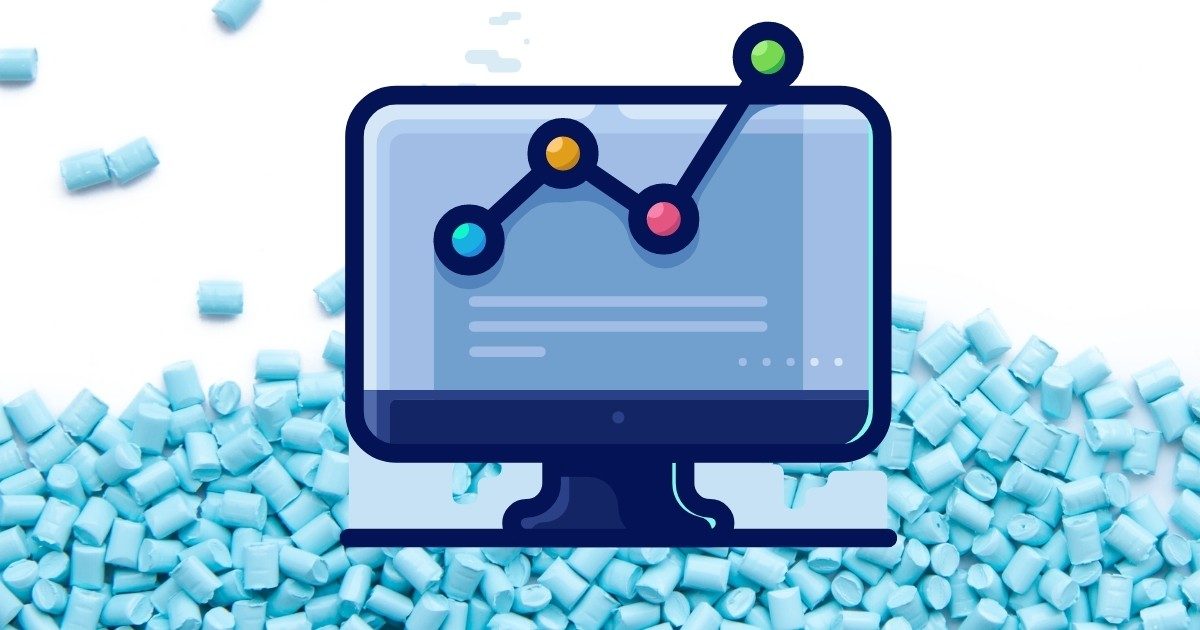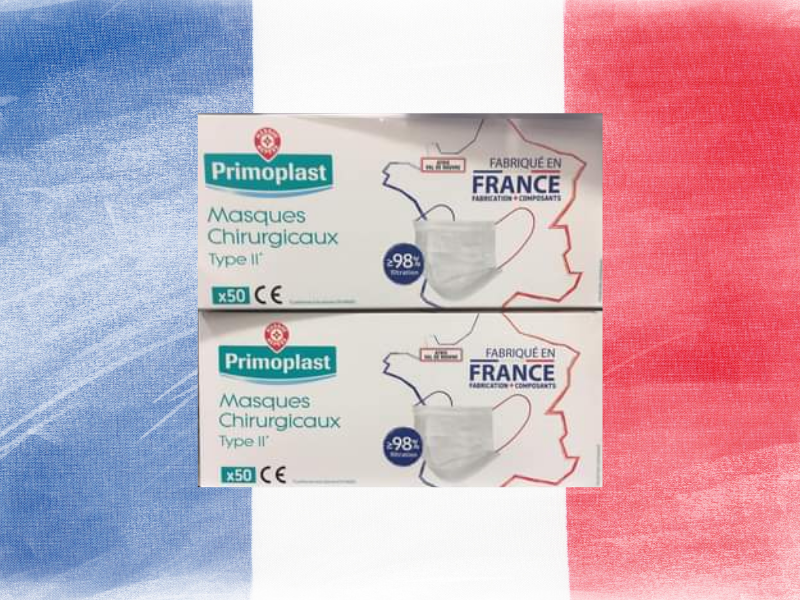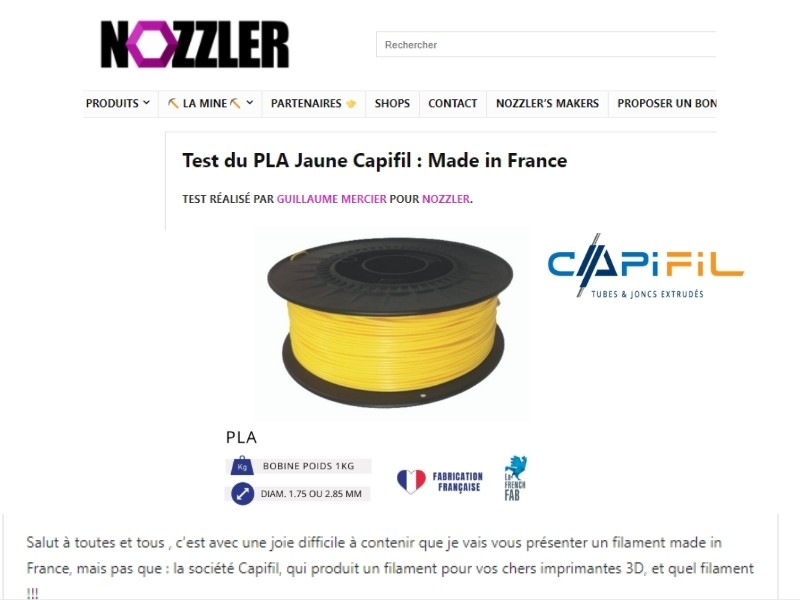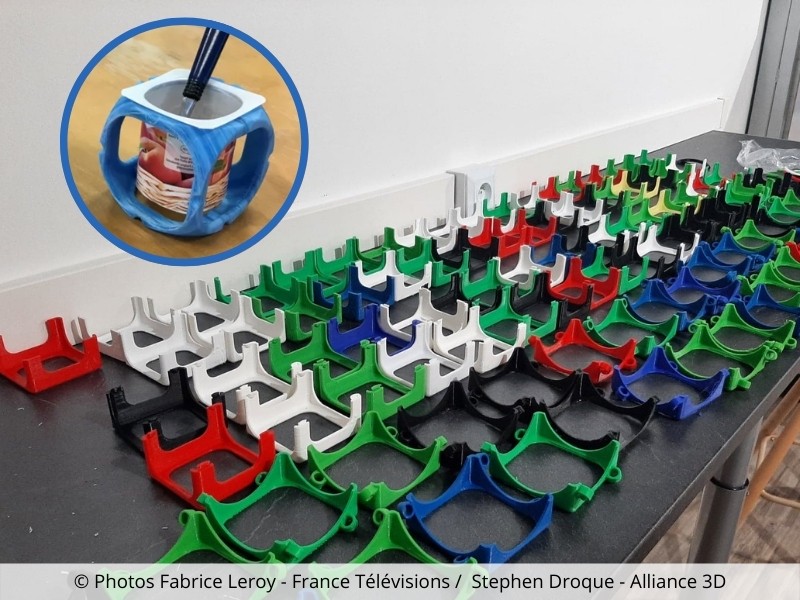Prices increeases for plastics
Prices increeases for plastics
A phenomenon that has been observed since the 4th quarter of 2020 and that has become more pronounced since the beginning of 2021, the world polymer markets are experiencing a very worrying lack of supply and a surge in the price of plastics.
What is the reason for the current situation?
The market tensions are caused by the pandemic and a chain of emergency events. The reasons for this are mainly :
- Scheduled or unscheduled production stoppages of material suppliers along the polymer value chain. Shifting of maintenance cycles due to the pandemic, continued idling of some monomer production sites, temporary closures of sites in the US due to severe cold weather.
- Unexpected increase in demand from China, whose lockdown lifted earlier and whose industry has rapidly recovered (needs for the automotive and packaging sectors).
- The increase in demand in general for the medical sector, packaging sectors and construction sectors.
The capacities of our national petrochemical industry remain limited to meet the needs of the plastics sector and therefore make us very sensitive to fluctuations in the global import context.
The pandemic has disrupted trade flows and led to a global logistics crisis, as well as the increase in sea freight rates.
All of this has had a strong impact on the polymer market: we are seeing both price increases for plastics and longer delivery times.
What are the consequences for prices and supplies?
- Globally, price increases for plastics are very significant and are now referred to as a “price surge”.
The biggest increases are in the PP markets. Prices for PP, PE and PVC have more than doubled compared to the middle of last year.
The latest declarations of forces majeures in the US are adding to the global supply difficulty. We do not expect supply relief in the near future, particularly with the Saudi Arabian shutdowns scheduled for March, a lack of new supply from Iran and strong demand in the US and Europe,” the sellers estimated. (source chemorbis.com)
- At the European level, further increases are expected on PP, PE, PVC for March.
Regional suppliers of PP and PE closed their orders for the rest of the month in the second week of February against the backdrop of a serious shortage. The level of imports remains uncertain for the next 2 months, due to logistical challenges and equipment shortages.
The major supply difficulties and price increases must be taken into account in order to sustain activity.
Capifil informs its customers
In this harsh period, as much for prices as for the availability of raw materials, Capifil is doing everything possible in collaboration with its material suppliers to manage the weeks and months to come.
– It is important today to anticipate your needs and to plan your orders in advance, as far as you can, to enable us to secure supplies. Our excellent financial health allows us to commit to volumes with our material suppliers.
Provided your orders are confirmed in advance, we will endeavour to ensure the necessary level of supply, while keeping price increases to a minimum.
If not, we could undergo shortages and be impacted by market fluctuations and may have to postpone certain deliveries, depending on the situation. Capifil will keep you regularly informed of the evolution of the availability and prices of raw materials. The whole team remains mobilised to respond to your requests as best as possible.
Kind regards
The Capifil team.
More on the subject: detailed articles
English language site
French language sites
https://www.polyvia.fr/fr/economie/prix-du-plastique-les-predictions-2021





